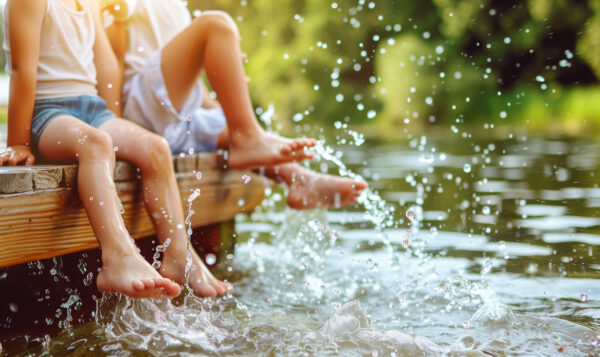
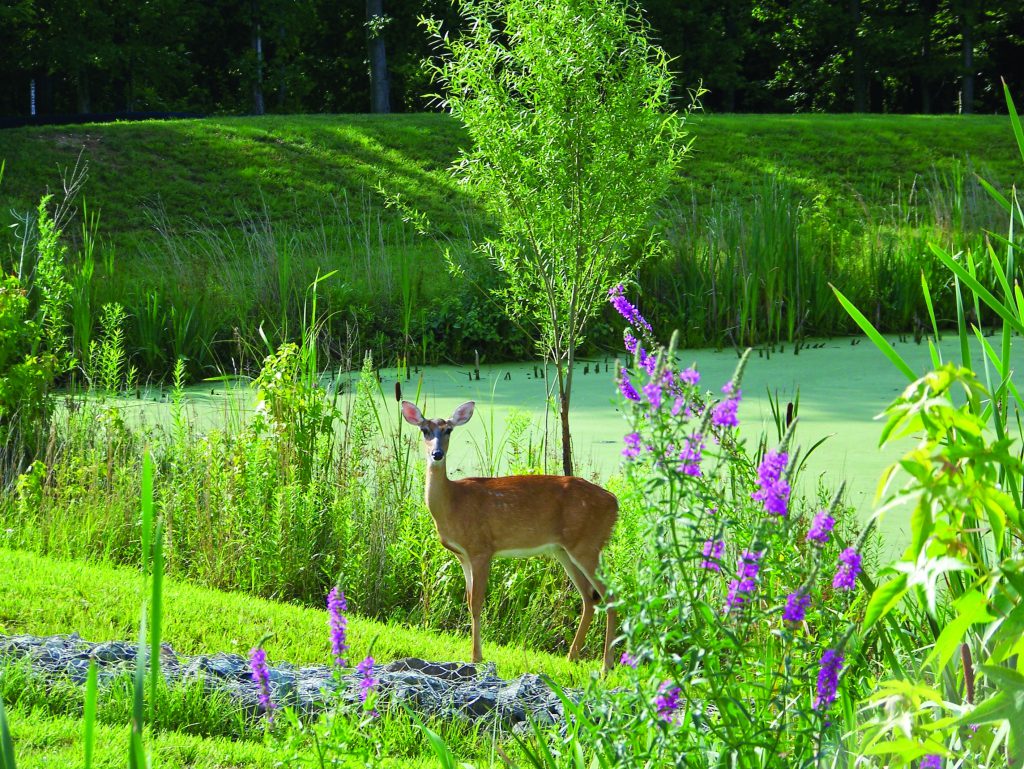
Don’t Feed the Wildlife!
A few years back in March, residents of South Hampton, NH found six dead deer in a suburban lot. Several biologists and a game warden then investigated the site and found six more. The deer had not been shot or killed by predators, nor had they starved or died of exposure. They had been fed to death. With their stomachs and digestive systems used to their winter diet of woody browse, a sudden bounty of corn from a well-meaning human can be a shock to the system, in this case resulting in fatal enterotoxemia.
This example is dramatic, perhaps even extreme, but it illustrates the potential consequences of feeding wildlife. Certainly, not every animal that gets fed by a human will inevitably suffer a gruesome and untimely death. All the same, it usually isn’t good for the wildlife, it might not be good for the environment or its human inhabitants, and in the vicinity of a lake or pond, it can be extremely bad for the water. It is perfectly natural, even admirable, for people to want to help the wildlife that they share their surroundings with. Unfortunately, there are several major consequences to feeding wildlife that make anything more than a backyard bird feeder quite unhealthy for all involved.
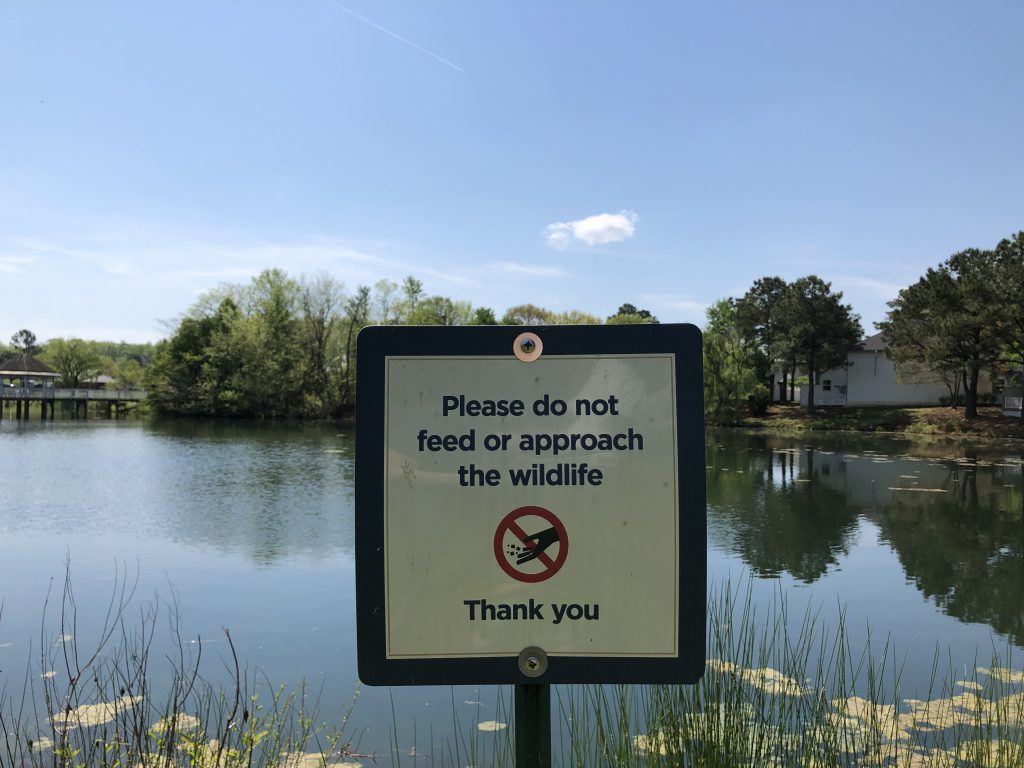
Human Food Can Cause Excessive Weight Gain in Wildlife
The foods we provide to wildlife are not the foods they are adapted to eat. Corn, bread and other grain-based foods are high in carbohydrates, which few natural foods are. Wildlife that eat these foods may become unhealthy as a result of taking in too many carbohydrates in a short time, or it may interfere with their ability to process the rest of their more natural diet. Some aquatic animals, such as turtles, may become reliant on food provided by humans. As a result, they may stop eating aquatic plants and decaying matter, which can negatively affect the balance of the ecosystem.
The feeds provided by humans to wildlife also generally amount to junk food, and can cause excessive weight gain. This is particularly true of waterfowl in areas where bread feeding is popular. In addition to the direct effect on their health, this weight gain can inhibit migration, and affect their long-term fitness.
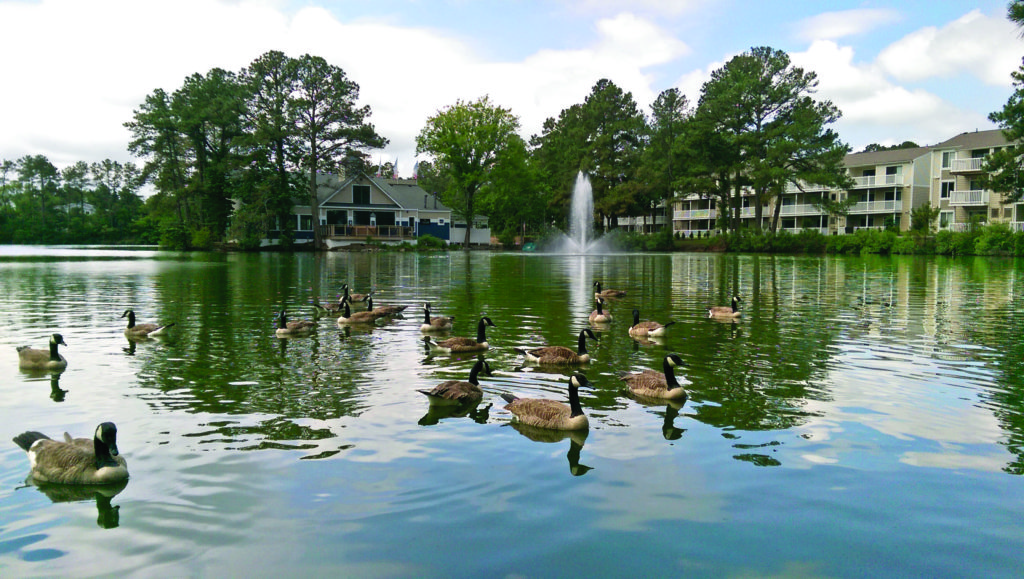
Feeding Wildlife Can Alter Animal Behavior
Access to feeding sites also alters animal behavior. Animals that are typically dispersed over a wide area in order to find food will instead congregate near the food source. This increased population density makes disease transmission more likely. It also goes against the natural territoriality present in many species, and the inevitable altercations may result in injuries or even death. Higher densities of animals also equates to higher densities of those animals’ parasites. In the case of deer, this means ticks, including the deer ticks that transmit Lyme disease, and the dog ticks and lone star ticks that transmit a number of other pathogens.
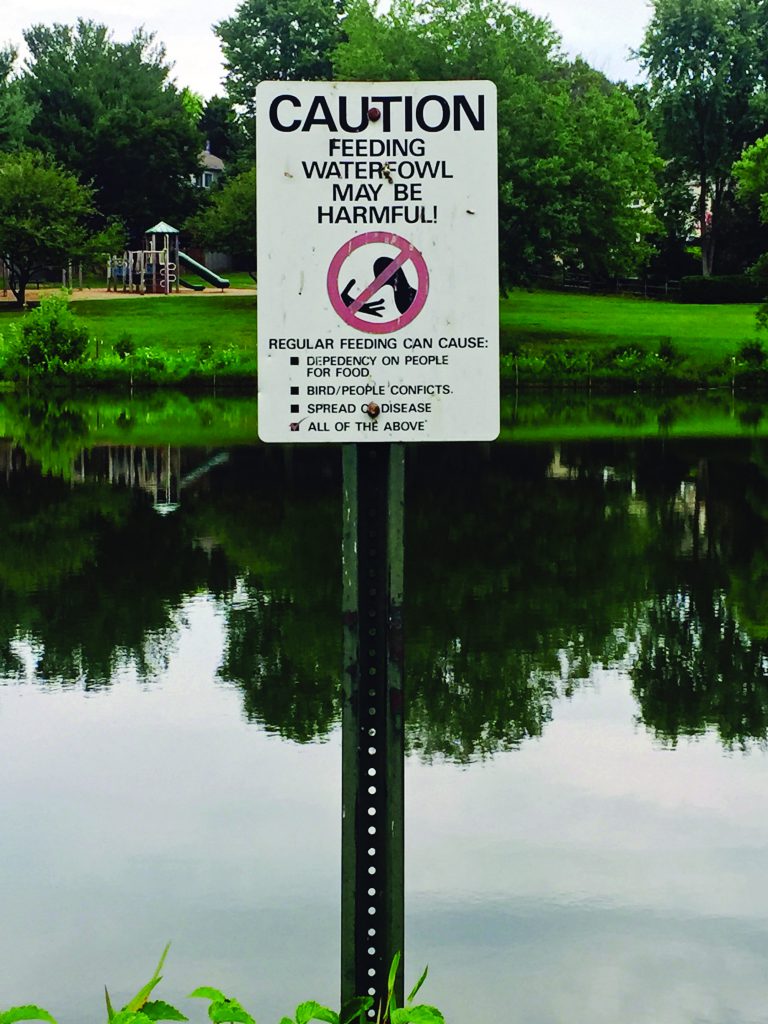
Feeding Waterfowl Can Impact Nutrient Levels
The feeding of waterfowl, in particular, has an additional environmental impact, as the practice affects nutrient levels in lakes and ponds. Whether from bread that is missed by the ducks and geese being fed, or from their resulting droppings, feeding waterfowl can be a significant source of excess pond nutrients. As an undergraduate, I was involved in a study of Pymatuning Reservoir, a man-made lake located on the border of Pennsylvania and Ohio. We found that people feeding bread to the carp and waterfowl that congregate by the spillway was the largest single source of phosphorus going into the reservoir. Excess phosphorus is the leading cause of algae blooms and ultimately fish kills in freshwater ponds and lakes.
It is perfectly natural to want to help the wildlife that shares your environment, and I encourage you to do so. You can provide food for wildlife by planting native plants that support the food chain. You can provide habitat by leaving areas unmowed to provide cover, and by installing nest boxes and bat boxes. In short, the better your efforts to aid the wildlife in your community mimic the resources that animals would make use of under natural conditions, the more successful they will be.
Who We Are
SOLitude Lake Management is a nationwide environmental firm committed to providing sustainable solutions that improve water quality, enhance beauty, preserve natural resources and reduce our environmental footprint. SOLitude’s team of aquatic resource management professionals specializes in the development and execution of customized lake, stormwater pond, wetland and fisheries management programs that include water quality testing and restoration, nutrient remediation, algae and aquatic weed control, installation and maintenance of fountains and aeration systems, bathymetry, shoreline erosion restoration, mechanical harvesting and hydro-raking, lake vegetation studies, biological assessments, habitat evaluations, and invasive species management. Services and educational resources are available to clients nationwide, including homeowners associations, multi-family and apartment communities, golf courses, commercial developments, ranches, private landowners, reservoirs, recreational and public lakes, municipalities, drinking water authorities, parks, and state and federal agencies. SOLitude Lake Management is a proud member of the Rentokil Steritech family of companies in North America.

